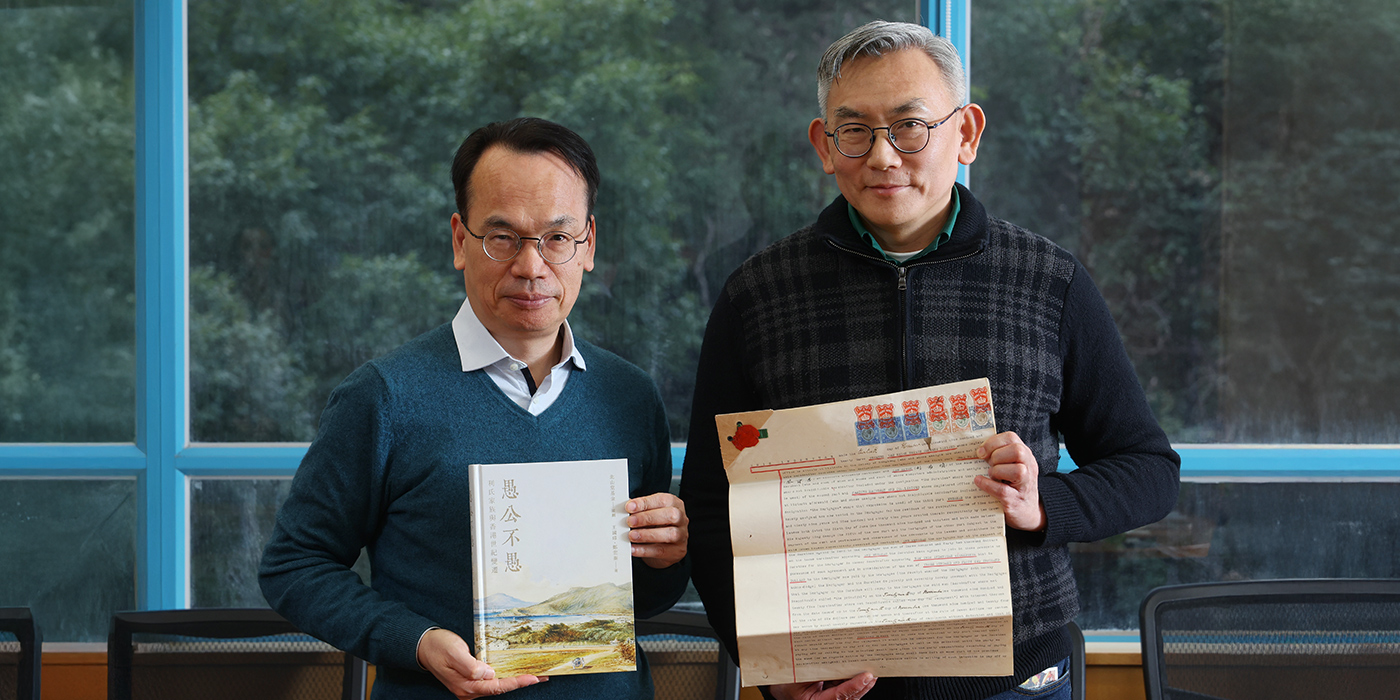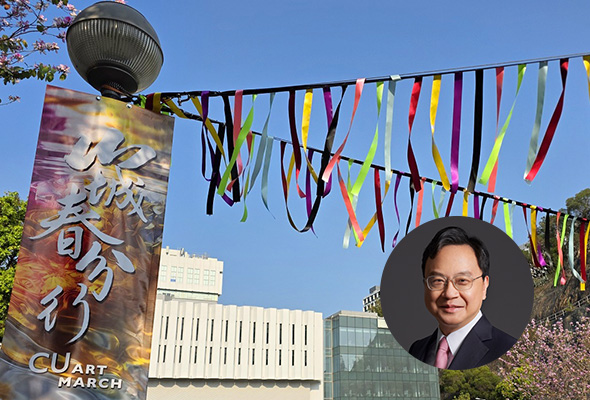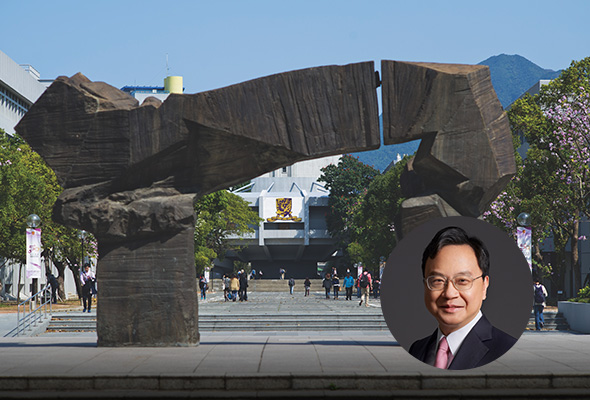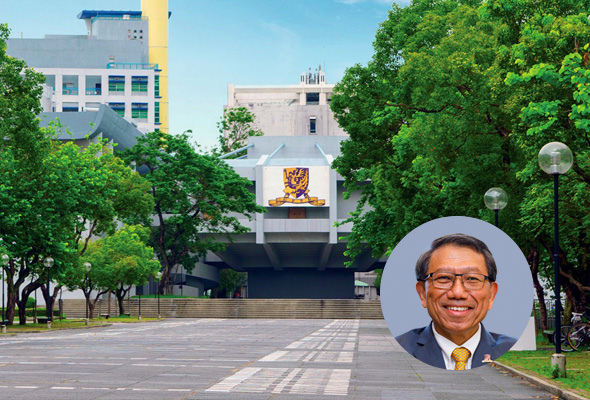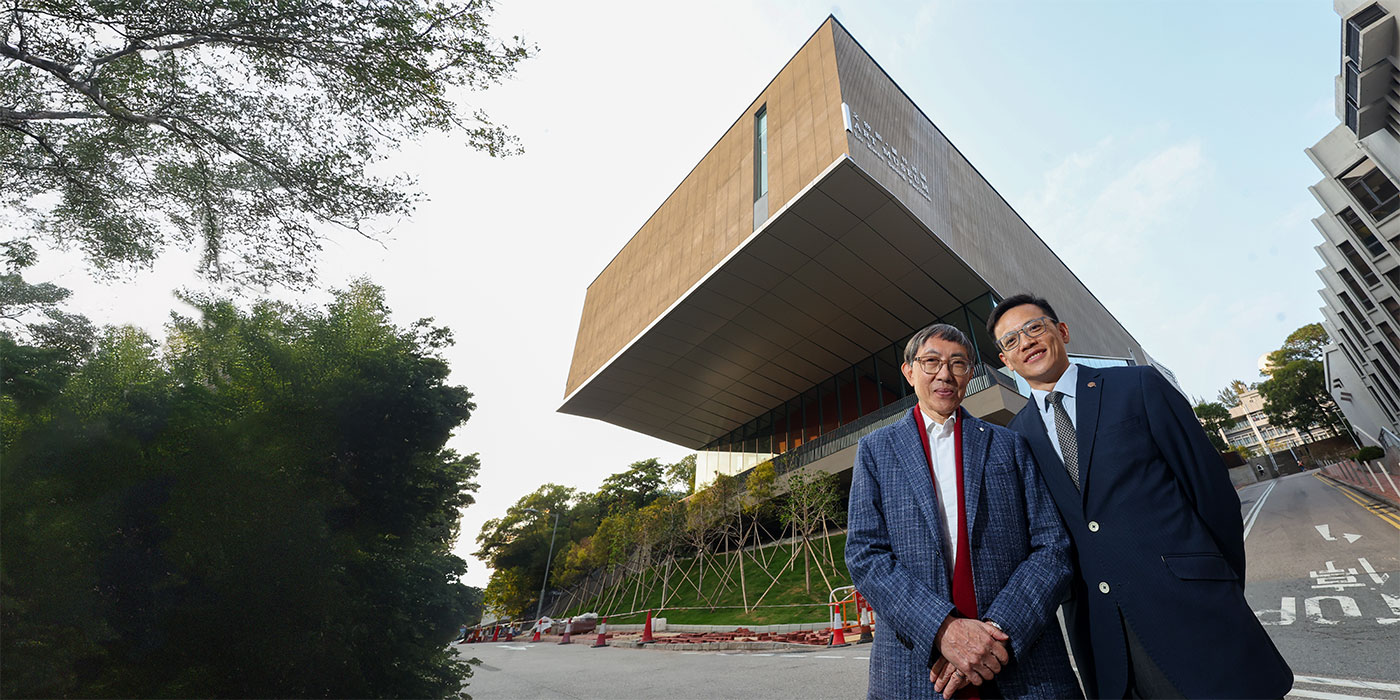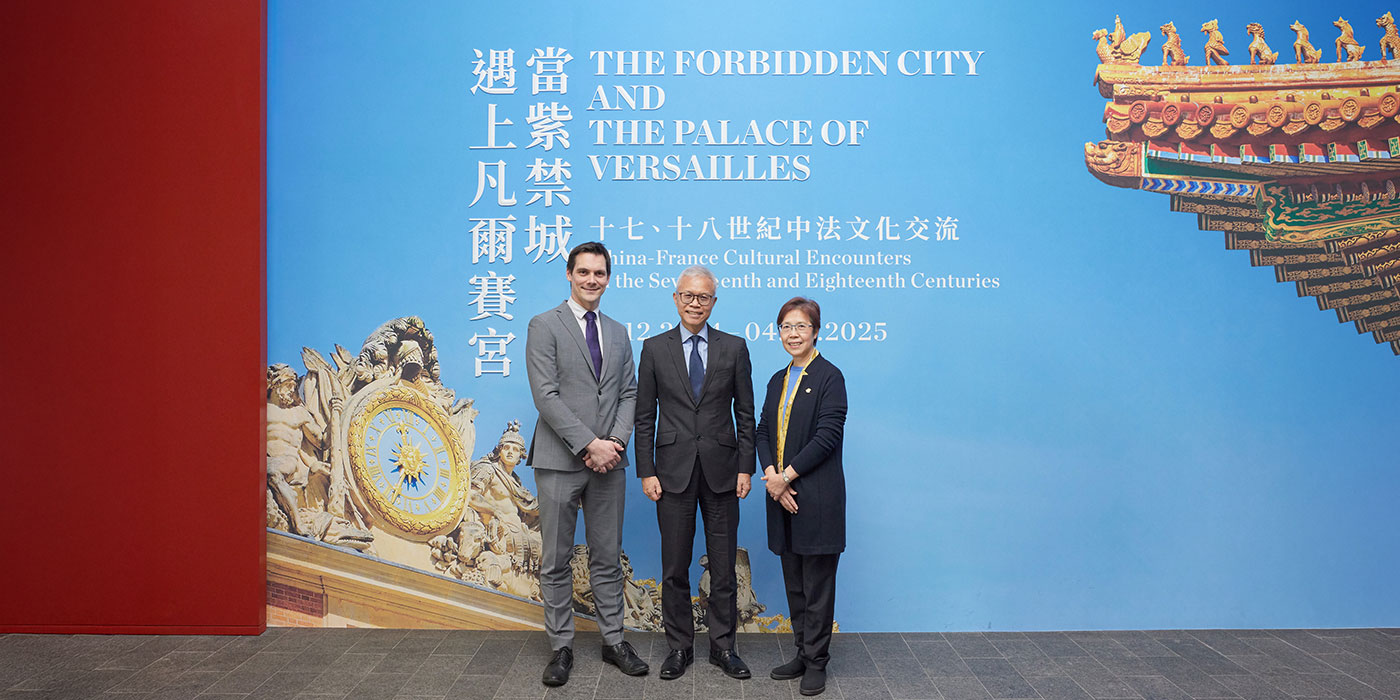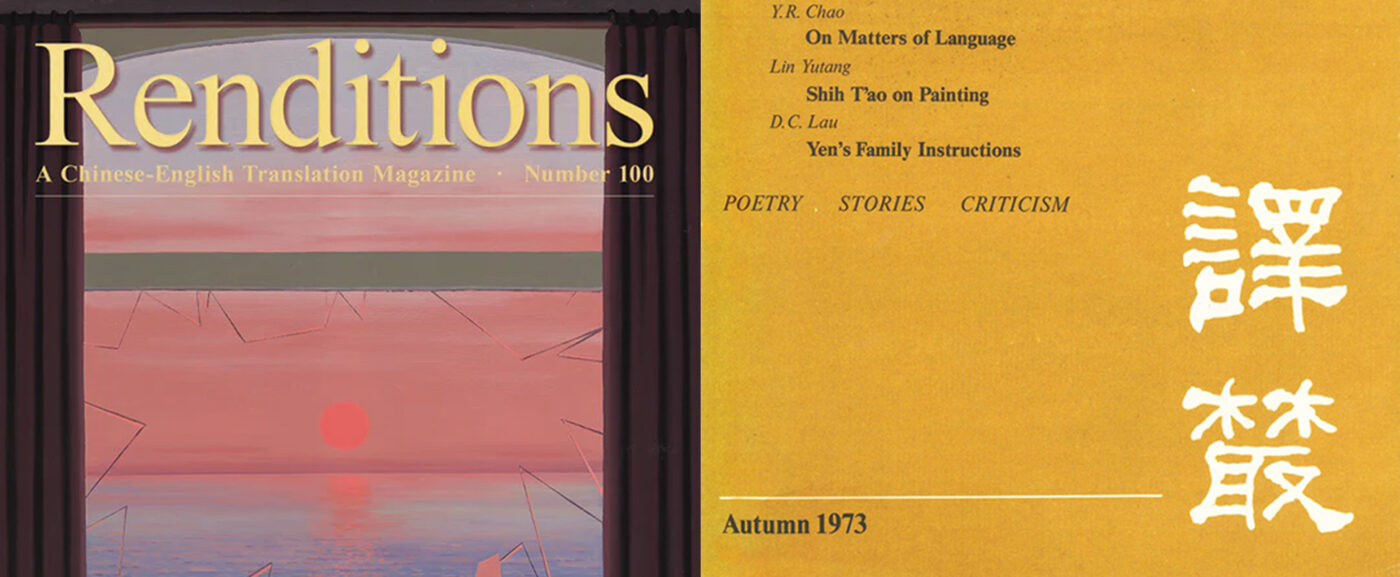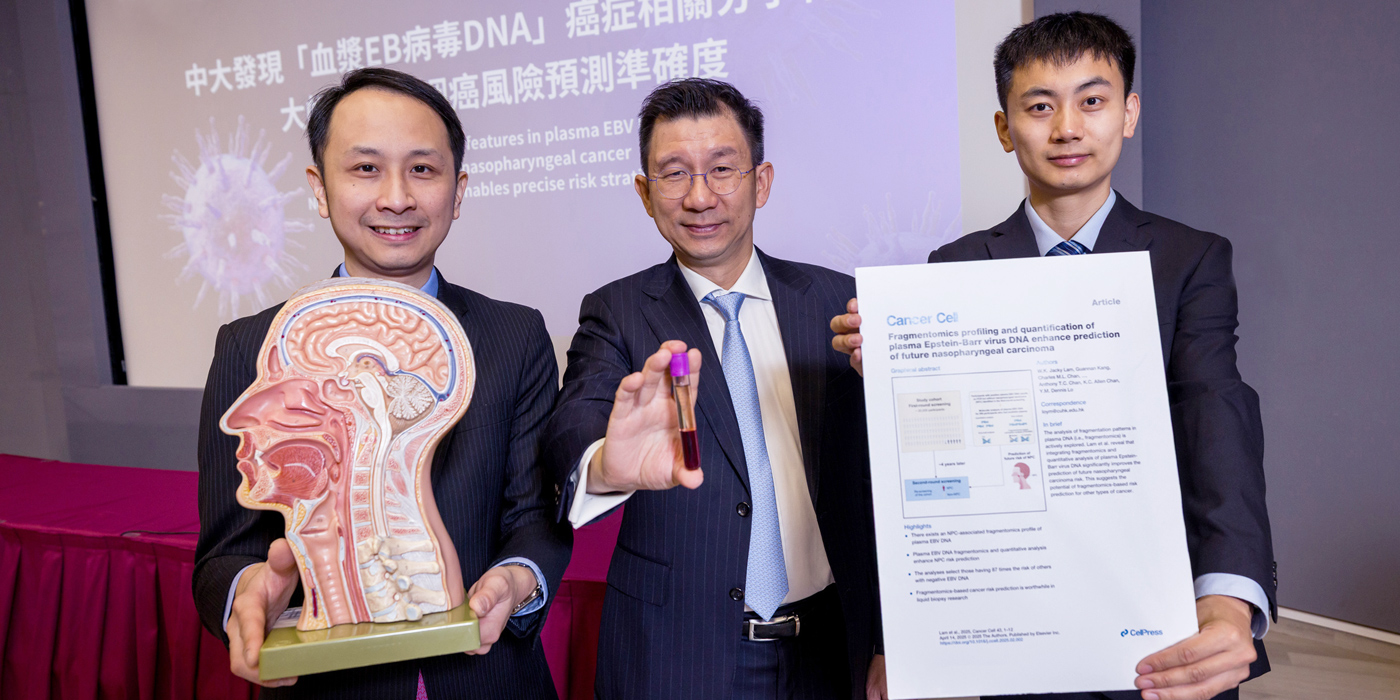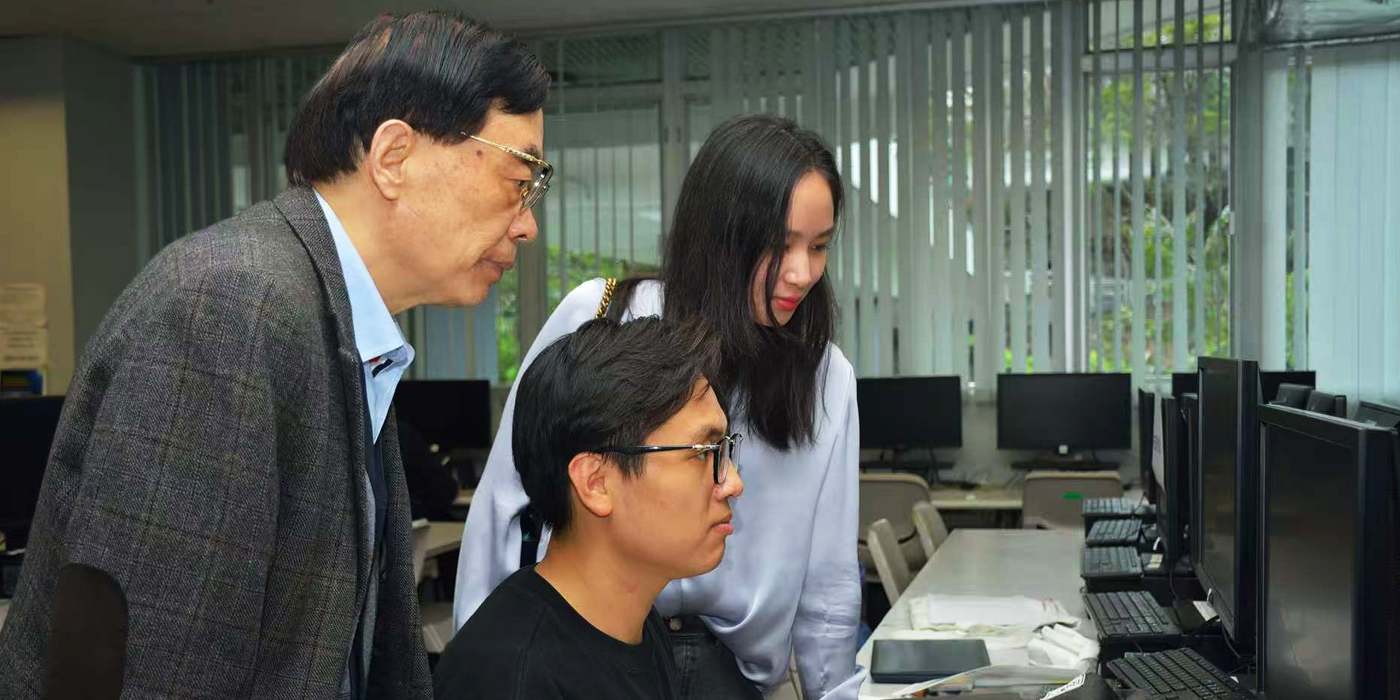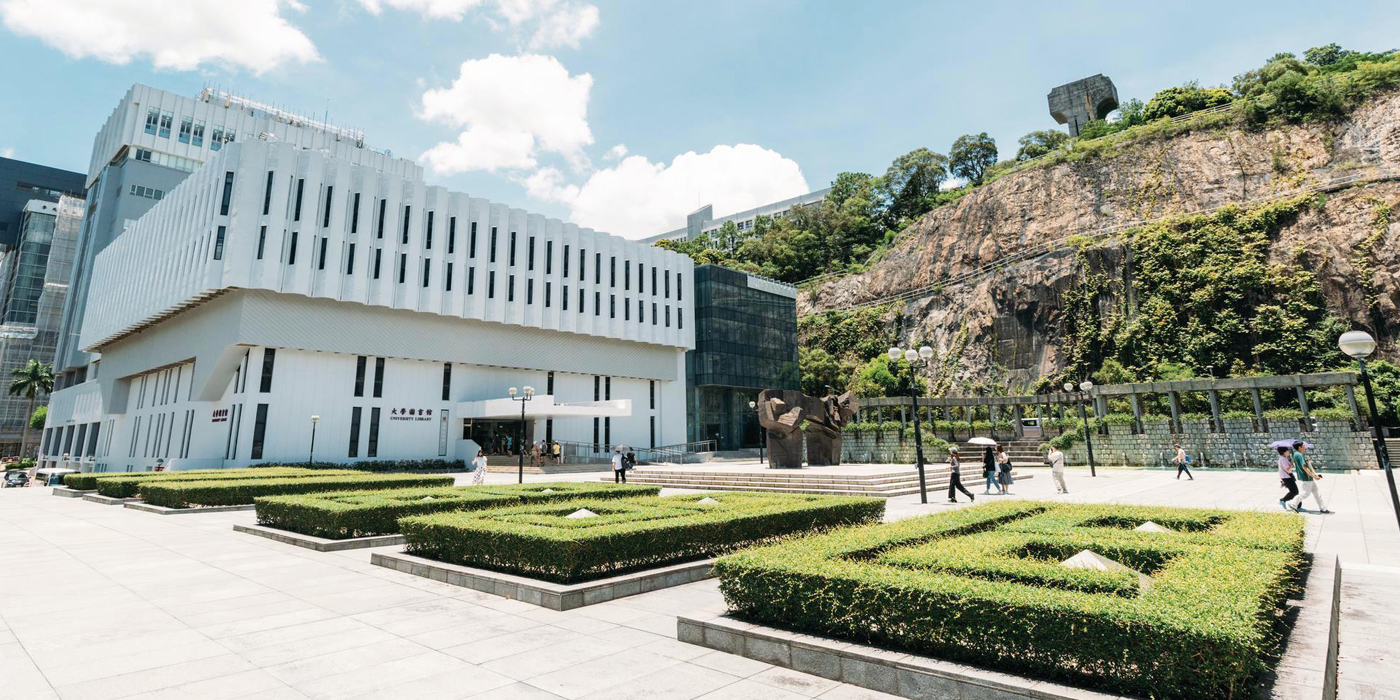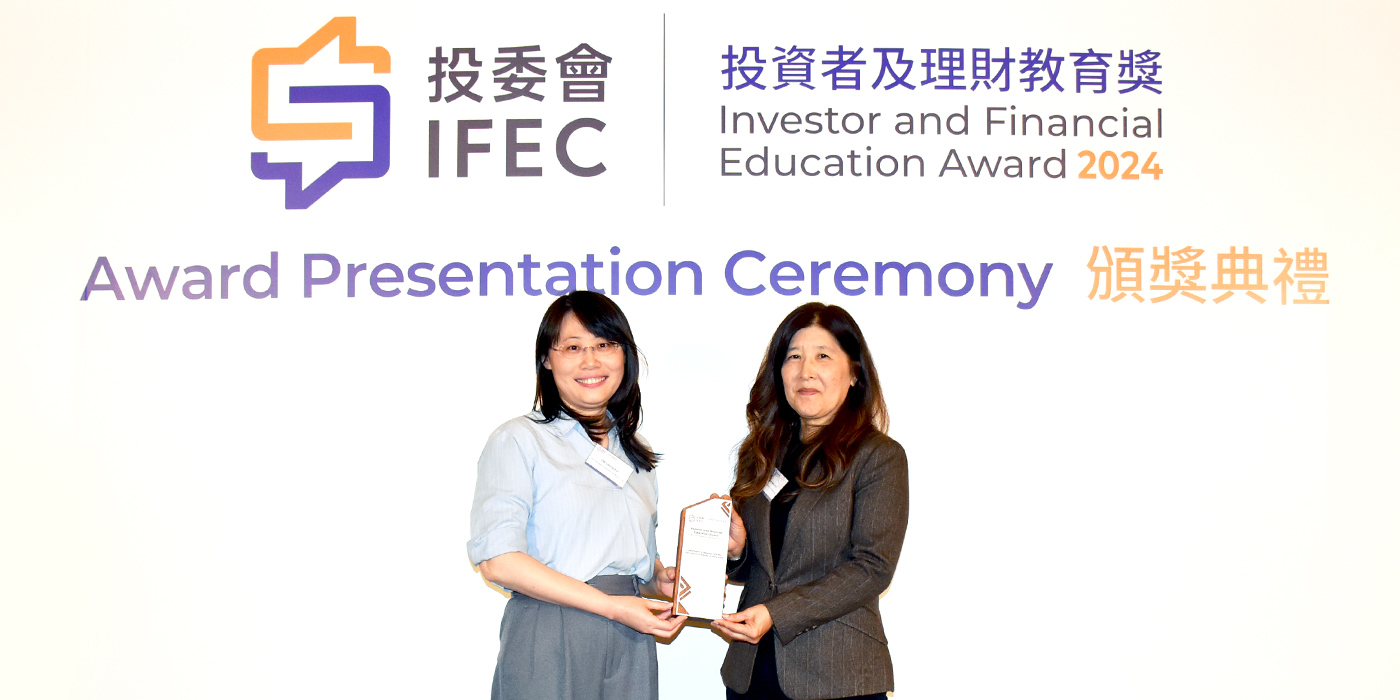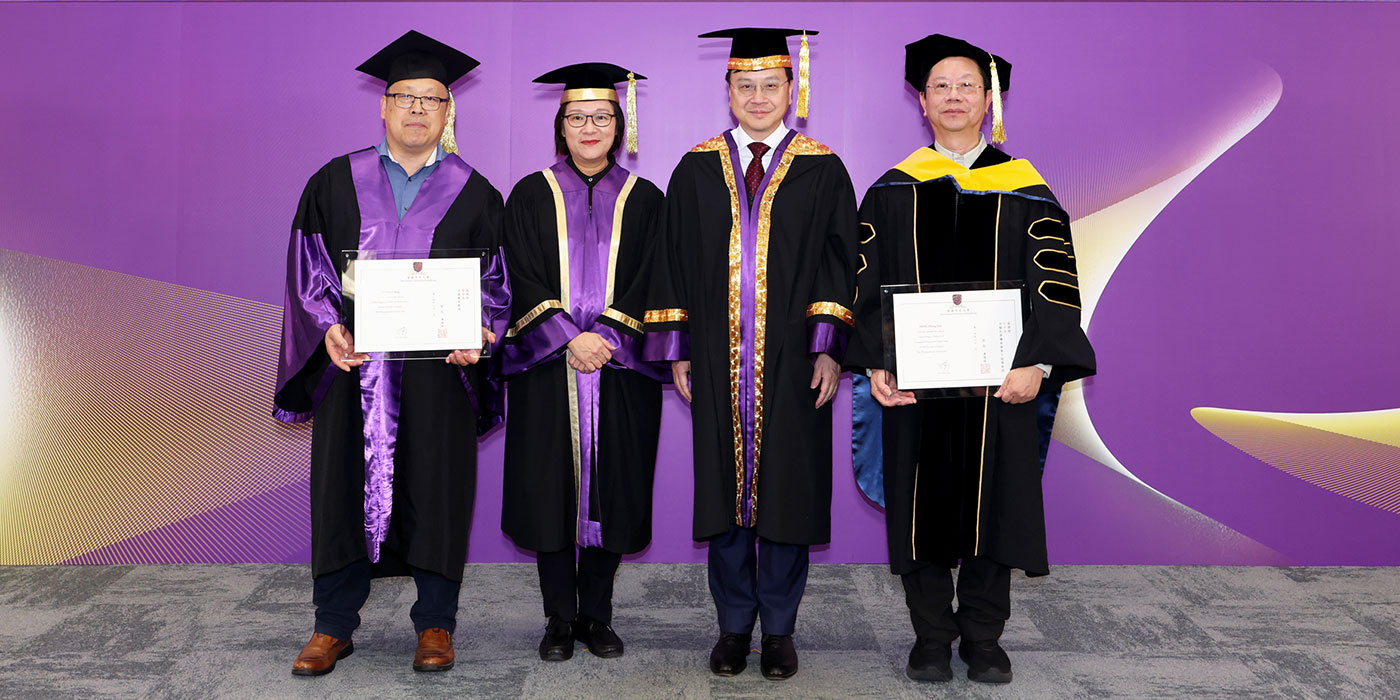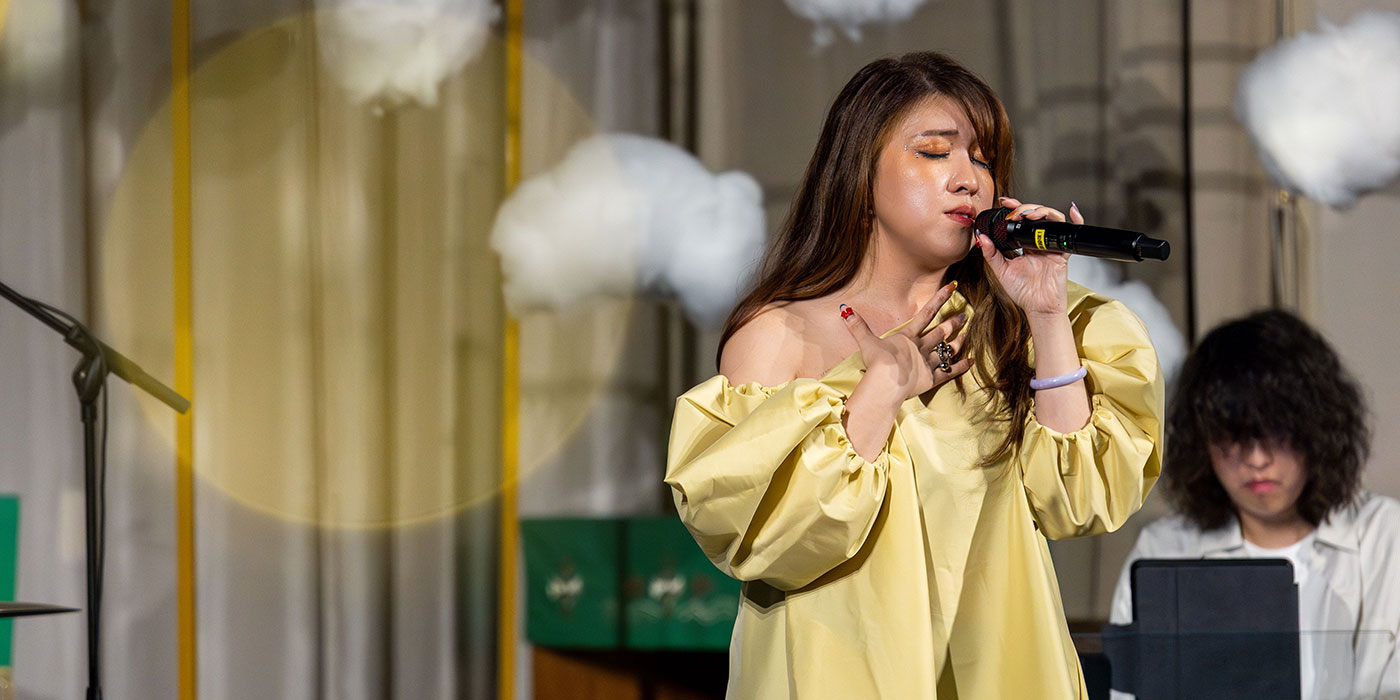Dr Victor Zheng Wan-tai (left) and Dr Ong Kok-chung devoted three years to examining over 1,000 documents from the Lee Hysan family archives. This effort has culminated in their latest publication, Foolish Visionary: The Story Of The Lee Family And Hong Kong Over The Last Century, published by Joint Publishing (Hong Kong) Company Limited
Not so foolish
How the Lee Hysan family’s wisdom contributed to a century of transformation for Hong Kong
Just over a century ago, Hong Kong entrepreneur Lee Hysan controversially took a gamble by securing a substantial loan to acquire what was then a remote hill — East Point Hill — in the area that today includes East Point Road, Hysan Place and Lee Gardens. Reminiscent of the ancient Chinese fable The Foolish Old Man Removes the Mountains, the Lee family set about levelling the hill. What observers initially considered a foolish act set the stage for the rapid commercial development of Causeway Bay and the spread of prosperity to eastern Hong Kong Island.
Dr Victor Zheng Wan-tai, Associate Director (Executive) of the Hong Kong Institute of Asia-Pacific Studies (HKIAPS) at CUHK, and Dr Ong Kok-chung, an independent researcher and a former research associate at CUHK’s Institute of Future Cities, spent three years examining the Lee family archives. Retracing this family history, they uncovered a narrative that mirrors Hong Kong’s own transformation into a global business centre. This comprehensive research has now been compiled into their newly published book, Foolish Visionary: The Story Of The Lee Family And Hong Kong Over The Last Century, published by Joint Publishing (Hong Kong) Company Limited.
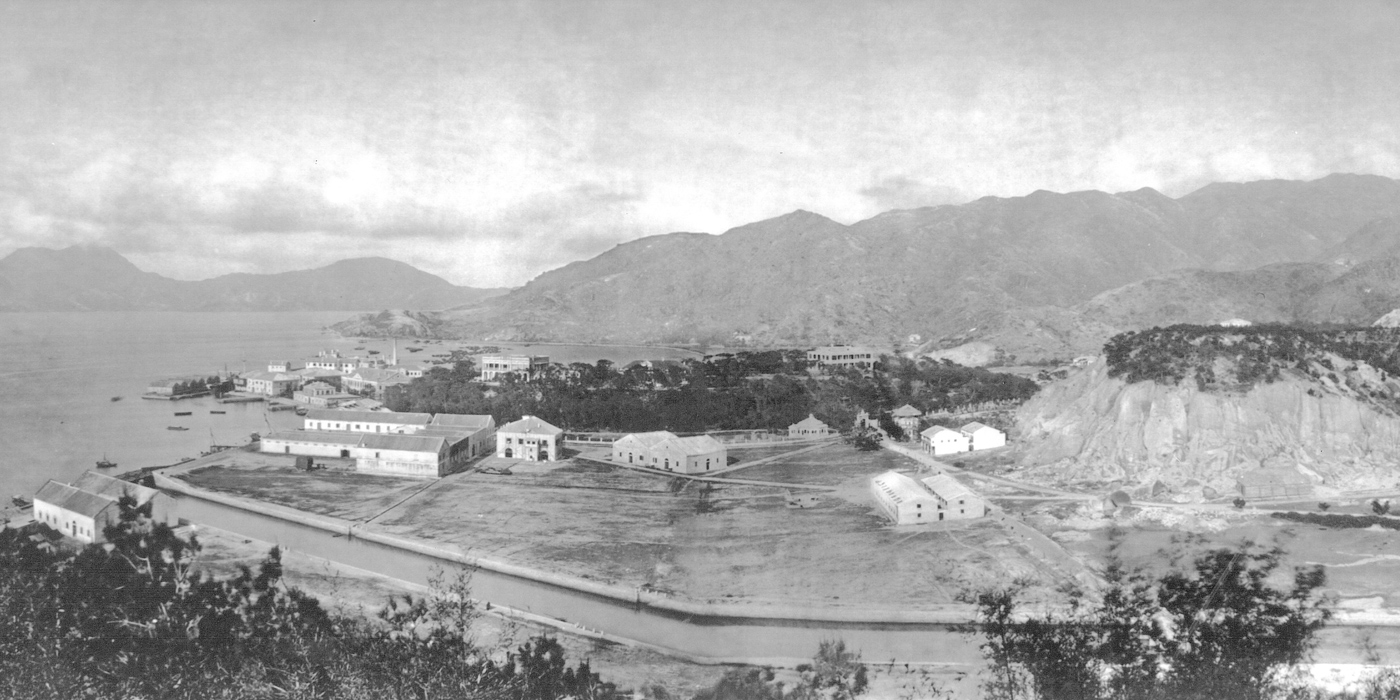
Dr Zheng has devoted two decades to studying the history of Hong Kong’s leading entrepreneurial families, including the Jardine, Swire and Hotung families. In 2020, he and Dr Ong were commissioned by the Bei Shan Tang Foundation — established in 1985 by Lee Hysan’s fourth son, Lee Jung-sen — to embark on a project involving the Lee family’s archival records.

The co-authors who engaged in the project in a personal capacity, dedicated three years to the project, examining documents from the late Qing Dynasty to the 1990s. These included financial records, international correspondence, land deeds, company memoranda, wills, family letters and official communications. Additionally, they conducted interviews with members of the Lee family, which provided fresh insights into a century of the Lee family history. Initially, the outcome of the research was intended solely for private archival purposes. But the two authors believed that what they unearthed had significant value to the broader study of Hong Kong’s history. Dr Zheng and Dr Ong persuaded the Lee family to agree to the publication of this nearly 500-page tome — which they describe as a family history telling part of the overall story of Hong Kong.
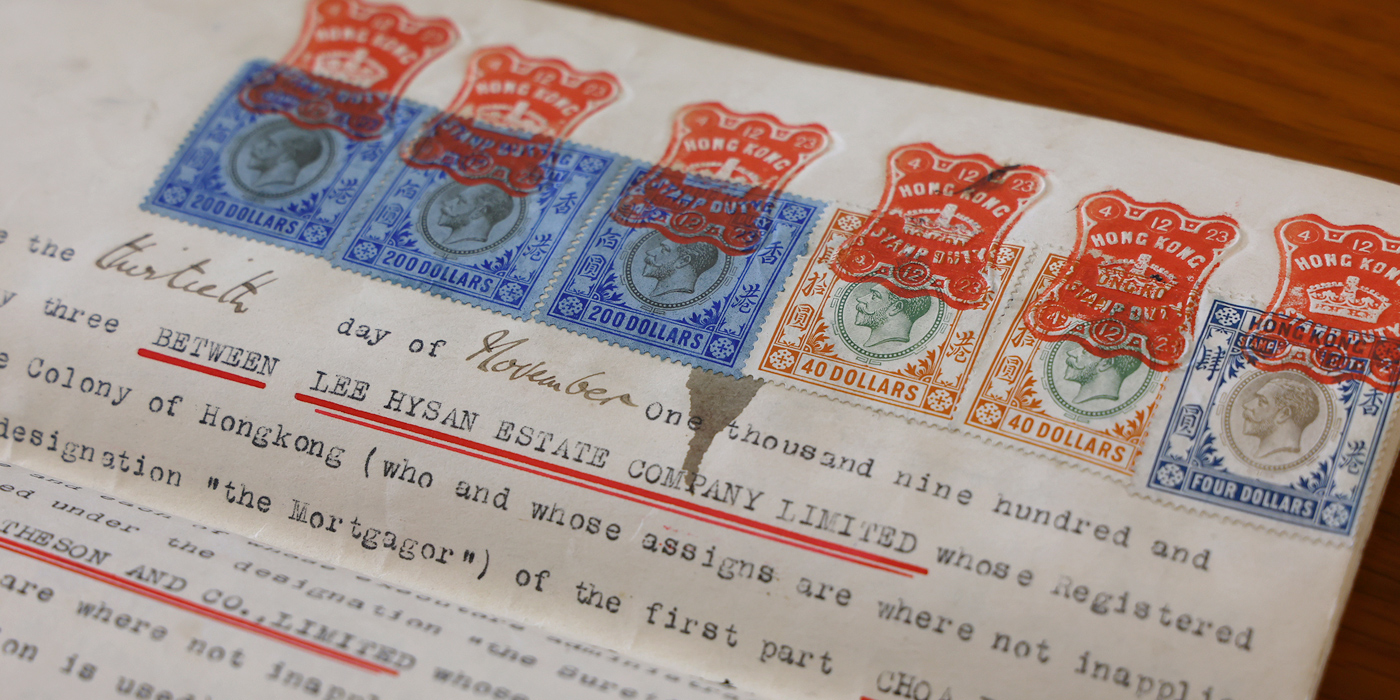
In a recent interview with CUHK in Focus, Dr Zheng notes that the Lees are among a number of prominent Hong Kong families and firms whose initial fortune was amassed from the opium trade, but by the 1920s, he adds, the Lees had shifted their focus to real estate investment and other commercial ventures.
World War II and Japan’s occupation of Hong Kong from 1941-45, forced members of the family to scatter across the globe. Over time, Lee Hysan’s eldest son, Richard Charles Lee, cultivated close ties both with the Chinese and British governments, while his third son, Lee Hsiao-wo, leveraged connections in the United States. Dr Zheng believes the family’s ability to leverage the latter, in particular, was a direct outcome of their deep roots in Hong Kong, a city where East and West converge. It also strengthened the family’s capacity to play a leading role in Hong Kong’s post-war recovery.
The Lee family’s imprint on Hong Kong’s economic and societal evolution can be seen at numerous turning points over the past century. These included the introduction of credit cards from the US to Hong Kong in 1959, liaising with Guangdong Province authorities to help secure water supplies from the Dongjiang, or East River, when Hong Kong experienced severe shortages in the 1960s, fostering the subsequent development of water supply infrastructure, establishing the city’s first wireless broadcaster TVB in 1967, in partnership with major international broadcasters, and participating in the project to construct the Cross-Harbour Tunnel, which opened for traffic in 1972.

From commerce to culture and education
The Lee family also stepped up for CUHK. By the mid-20th century, Hong Kong had only one university operating under the British education system: The University of Hong Kong. Recognising the need to preserve and promote Chinese culture and heritage, the Lee family strongly supported plans to establish a university that would adopt Chinese as the primary language of instruction — CUHK.
Richard Charles Lee, who served on Hong Kong’s Executive and Legislative Councils in the 1960s, was instrumental in the development of CUHK’s campus at Ma Liu Shui. Given the family’s friendship with I. M. Pei, he enlisted the world-renowned architect as the design consultant for the project and gained support from famous Hong Kong engineer and architect Szeto Wai to confirm the campus layout. He was also involved in inviting Dr Choh-Ming Li from the University of California, Berkeley, to serve as the founding CUHK Vice-Chancellor.
Lee Jung-sen supported initiatives that promote Chinese culture through sponsoring the establishment of the University’s Institute of Chinese Studies and the Art Museum. Older brother Lee Hsiao-wo financed the construction of a tennis court at the Vice-Chancellor’s Lodge. Thanks to a generous donation from Lee Hsiao-wo’s family, a new exhibition hall has been built in the new wing of the CUHK Art Museum and is scheduled to open next month.
The title Foolish Visionary, proposed by Dr Ong, alludes to the seemingly audacious decision made by Lee Hysan a century ago to invest in the future Causeway Bay area—a move which, at the time, placed them under financial strain. The rise of one of Hong Kong’s most vibrant commercial and retail districts stands as a testament to their vision.
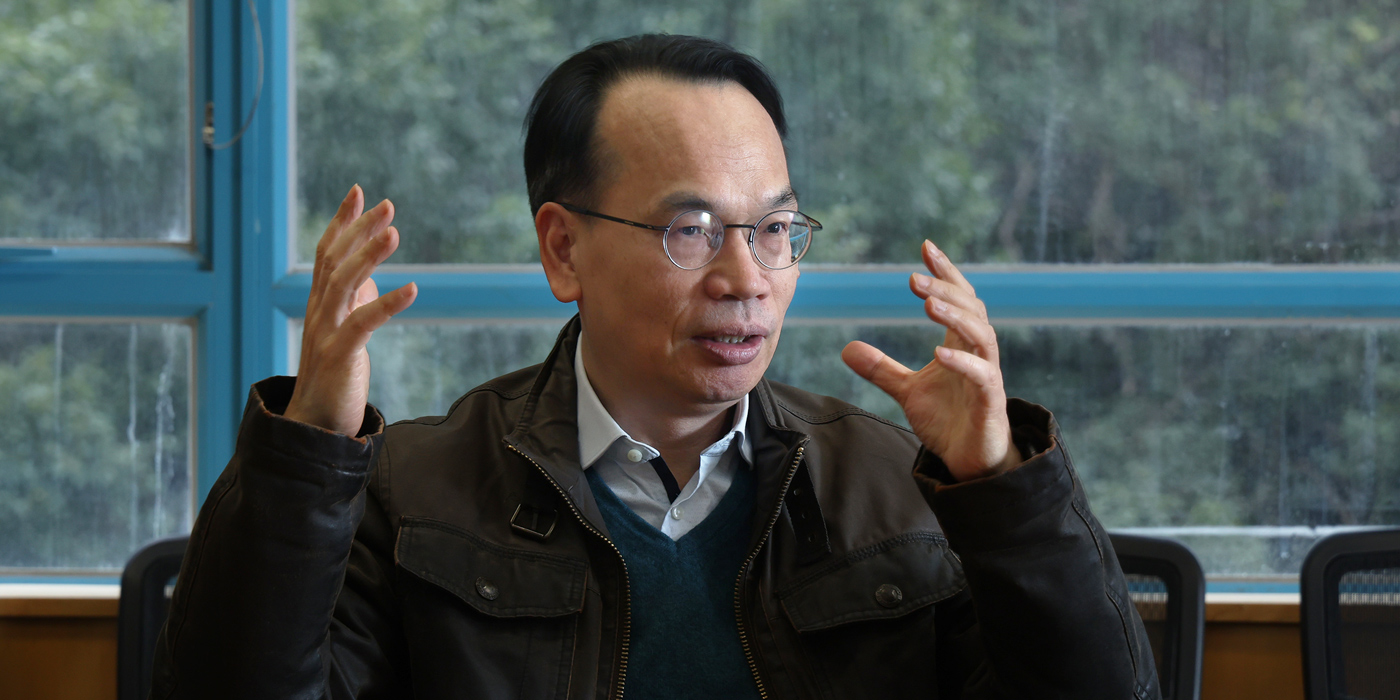
For Dr Zheng, the study of Hong Kong history is more than an academic pursuit — he believes its greatest allure lies in the diversity of myriad stories unfolding within such a small territory. “Hong Kong is a place where countless lives intertwine,” he says. “People from different eras and diverse backgrounds — whether transient visitors or those who have established their roots here — have collectively woven the rich tapestry of Hong Kong’s narrative, and their stories are etched into the city’s fabric.”
By Jessica Chu
Photos by D. Lee and courtesy of Bei Shan Tang Foundation

